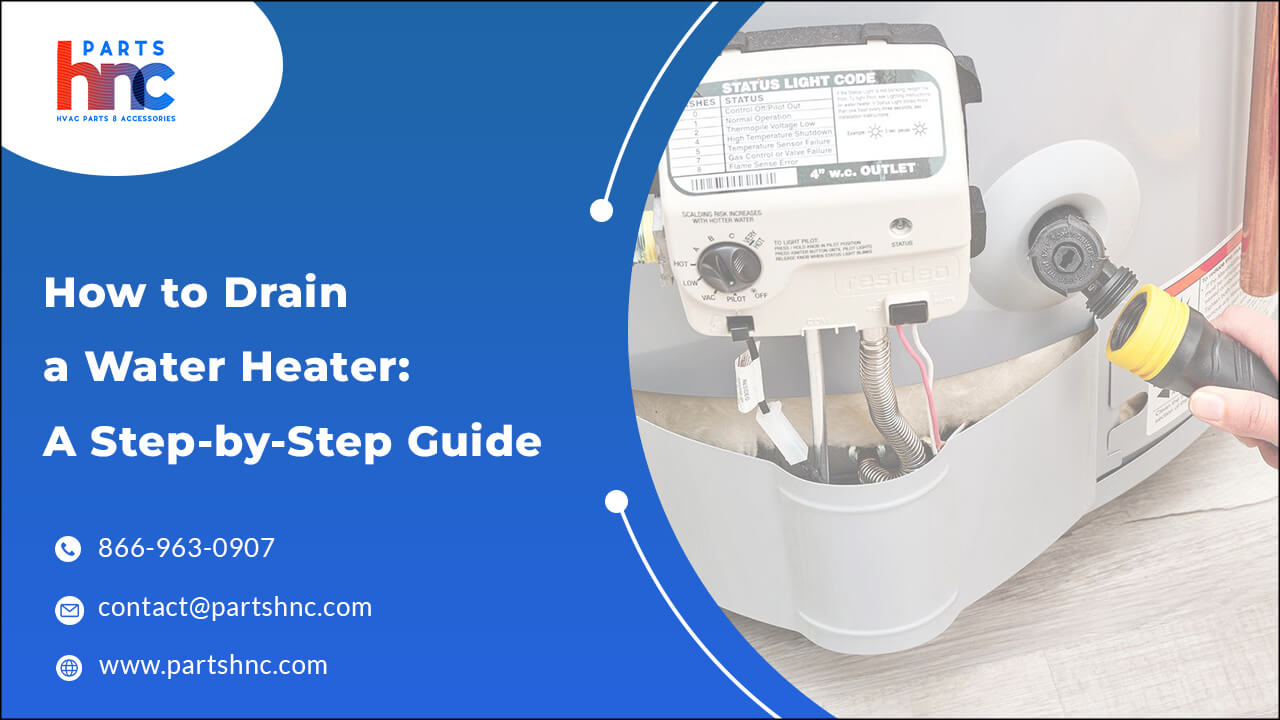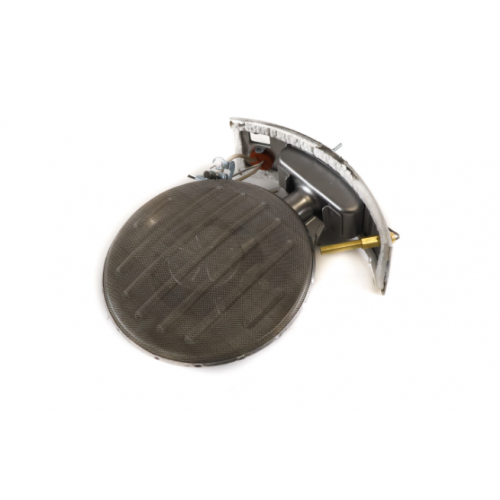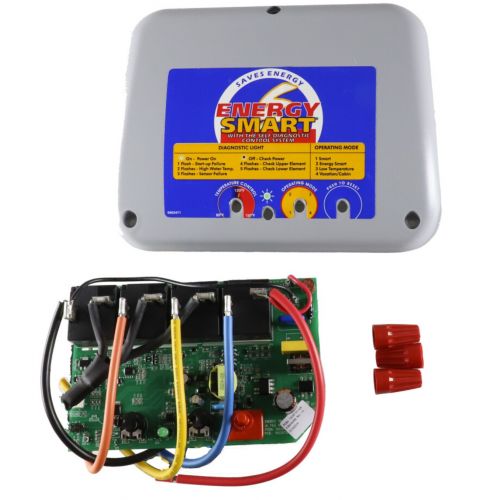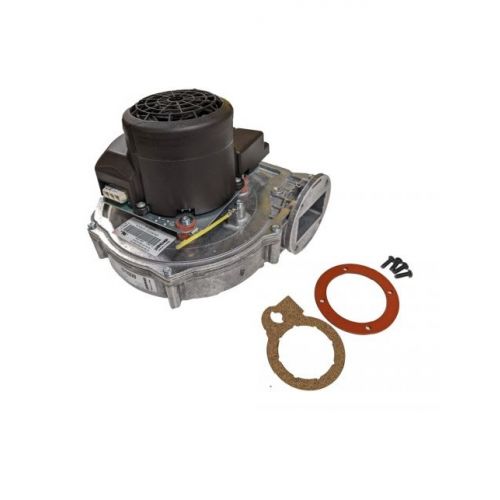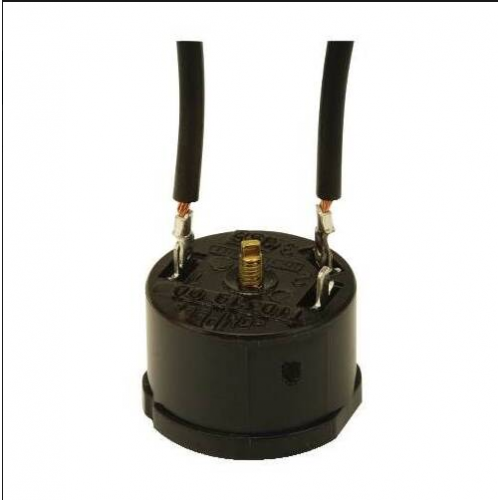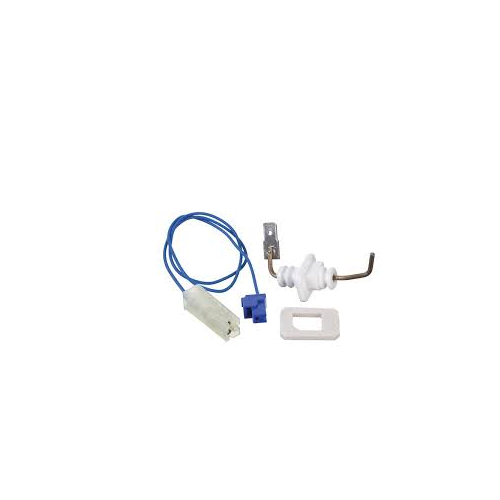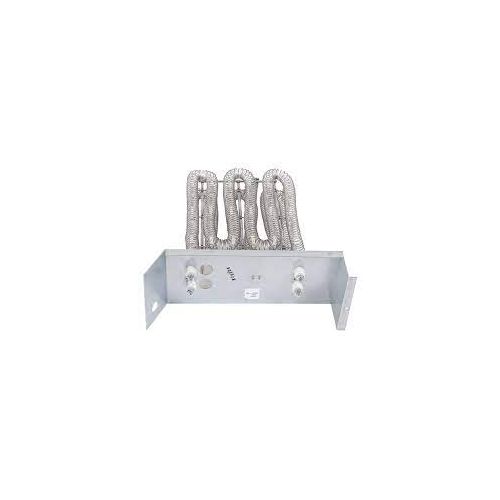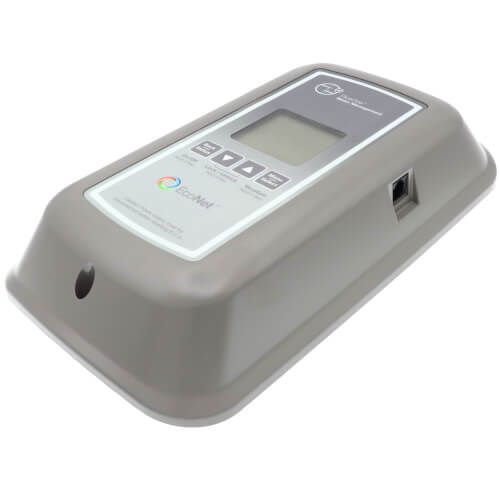Draining a Water Heater: Step-by-Step Guide
Ever wondered why your water heater isn't performing as efficiently as it should? The answer might lie in the sediment buildup within the tank. To ensure optimal functionality and extend the lifespan of your water heater, regular maintenance is essential. In this comprehensive guide, we'll take you through the step-by-step process of how to drain water heater effectively.
From understanding the importance of this task to mastering the technique, discover the key insights that will empower you to keep your water heater in top-notch condition. Say goodbye to sediment issues and hello to improved performance!
Table of Contents
Why drain your water heater?
Maintaining your water heater is crucial for ensuring its efficiency and longevity, and one essential aspect of this upkeep is periodically draining the tank. But wondering why should I drain my water heater? Over time, sediment and mineral deposits naturally accumulate at the bottom of the tank, hindering the water heater parts such as heating element's effectiveness. Regular draining helps remove these sediments, preventing corrosion and maintaining optimal heating performance. A sediment-free water heater not only heats water faster but also operates more efficiently, leading to energy savings and lower utility bills. Additionally, eliminating sediment buildup reduces the risk of damage to the tank and extends the overall lifespan of your water heater.
Ignoring the need to drain water heater can result in diminished heating capacity, increased energy consumption, and potential malfunctions.
Preventive maintenance on a hot water heater includes regularly draining and flushing the tank to remove sediment, ensuring optimal efficiency and prolonging the appliance's lifespan. Additionally, inspecting and replacing the sacrificial anode rod as needed is crucial to prevent corrosion and maintain the heater's protective function. Looking for parts for your water heaters? PartsHnC is your one-stop shop online. we offer a wide range of parts for heating and cooling systems. Our wide range of water heater and furnace parts includes thermocouples, heating elements, and gas control valves—ensuring your HVAC system operates at peak performance. Shop with confidence for all your HVAC needs.
How often should you drain your water heater
To ensure the optimal performance and longevity of your water heater, it's crucial to implement a regular maintenance schedule, including periodic draining. The frequency at which you should drain hot water heater depends on several factors, and understanding these considerations can help you establish an effective maintenance routine.
Water quality: The mineral content in your water supply can affect the efficiency of your water heater. If you live in an area with hard water, which has high mineral concentrations, it's advisable to drain water heater more frequently. Draining helps remove sediment buildup at the bottom of the tank, preventing potential issues such as reduced heating efficiency and corrosion.
Tank size: The size of your water heater tank is another factor influencing the draining water heater frequency. Smaller tanks may require more frequent draining compared to larger ones, as sediment accumulates more rapidly in confined spaces. Check the manufacturer's guidelines for your specific water heater model to determine the appropriate draining schedule based on tank size.
Usage patterns: The usage patterns in your household also play a role in determining how often you should drain your water heater. If your water heater is consistently working hard to meet high hot water demands, sediment buildup may occur more quickly. Consider draining the tank more often if your household has a higher-than-average hot water usage.
Manufacturer recommendations: Always refer to the manufacturer's guidelines and recommendations for your specific water heater model. Manufacturers provide valuable information regarding hot water heater maintenance schedules, including how often you should drain the tank. Following these guidelines ensures that you maintain your warranty and keep your water heater operating efficiently.
Visual inspection: Regularly inspect the condition of your water heater. If you notice discolored water when running hot water taps or hear unusual noises from the tank, these may be signs of sediment buildup. In such cases, consider draining the water heater even if it's not yet time for the scheduled maintenance.
Professional inspection: Periodically have a professional plumber or technician inspect your water heater. They can assess the condition of the tank, check for signs of corrosion, and recommend an appropriate draining schedule based on the specific conditions in your home.
Read on: How to Clean Tankless Water Heater
Tools and materials required to drain water heater
Draining your water heater is an essential maintenance task that helps improve its efficiency and prolong its lifespan. Before you find out how to empty water heater, make sure you have the necessary tools and materials on hand. Here's a comprehensive list to guide you through the task:
- Adjustable wrench: Used for disconnecting the water supply and loosening the drain valve.
- Screwdriver: May be needed to remove access panels or open the pressure relief valve.
- Hose bib or garden hose: For attaching to the drain valve to direct water away from the heater.
- Bucket or drain pan: To collect and dispose of the drained water.
- Pipe cutter or tubing cutter: Required if you need to cut and replace any pipes.
- Safety gloves: Protect your hands from hot water and any sharp edges.
- Safety goggles: Shield your eyes from potential splashes or debris.
- Closed-toe shoes: Ensure your feet are protected during the process.
- Towels or rags: For wiping up any spills or leaks.
- Teflon tape: Use it to reseal any connections or threads.
- Vinegar or descaler: If there is sediment buildup, this can help clean the tank.
- Plastic zip ties: Useful for securing the hose in place and preventing leaks.
- Owner's manual: Refer to the manual for specific instructions related to your water heater model.
Check out: Steps to Install a Tankless Water Heater
Preparing for the Draining Process
Before you begin the water heater draining process, it's crucial to undertake a series of preparatory steps to ensure safety and efficiency. Follow these steps carefully:
- Turning off the power supply:
For electric water heater:
- Locate the breaker dedicated to the water heater in your electrical panel.
- Switch the breaker to the "off" position to cut off power to the heating elements.
For gas water heater:
- Turn the gas control knob to the "pilot" setting, shutting off the gas supply to the burner.
- If applicable, turn off the electrical power supply to the unit as well.
- Ensuring the power supply is disconnected reduces the risk of electric shock or accidental activation during the draining process.
- Shutting off the water supply:
- Find the valve connected to the cold water inlet pipe leading into the water heater.
- Rotate the shut-off valve clockwise to stop the flow of water into the heater.
- This step prevents water from entering the tank as you drain it, minimizing the mess and allowing for a more controlled process.
- Identifying the Type of Water Heater:
- Storage tank water heater common in most homes have a tank that stores and heats a specific amount of water.
- Tankless water heater compact and wall-mounted heat water on demand and do not store it in a tank.
- Heat pump water heater utilizes electricity to move heat from the air or ground to heat water, making them energy-efficient. Additionally, familiarize yourself with the key components of your water heater, including heat pump parts, to better understand its functioning and address any potential issues during the draining process.
- Understanding the type of water heater you have is essential as draining procedures may vary. Refer to the owner's manual for specific instructions tailored to your unit.
By diligently following these preparation steps, you set the stage for a smooth and trouble-free water heater draining process. Always prioritize safety and consult your heater's manual for any model-specific instructions.
Know more about How Much Does Water Heater Installation And Replacement Cost
Step-by-Step Guide to Drain Water Heater
Draining your water heater periodically is a simple maintenance task that can help prolong its lifespan and ensure optimal performance. Follow this step-by-step guide to learn how to drain your water heater safely and effectively.
Step 1: Turn off the power supply: Before you begin any maintenance on your water heater, it's crucial to turn off the power supply. For electric water heaters, switch off the breaker in the electrical panel. If you have a gas water heater, set the control knob to the "pilot" position.
Step 2: Locate the drain valve:
Identify the drain valve on your water heater. It is typically located near the bottom of the tank and resembles a hose bib or a spigot. Connect a garden hose to the valve and position the other end in a suitable drainage area, like a floor drain or outside.
Step 3: Open a hot water faucet: To allow air into the system and facilitate the draining process, open a hot water faucet in your home. This step helps prevent a vacuum from forming in the lines, allowing the water to flow out more smoothly.
Step 4: Begin draining the tank: Slowly open the drain valve on the water heater. Be cautious as the water released may be extremely hot. Allow the water to flow out until it runs clear, indicating that most of the sediment has been flushed from the tank.
Step 5: Flush out sediment: If there is stubborn sediment at the bottom of the tank, you may need to flush it out more effectively. To do this, close the drain valve, turn the water supply back on, and let the tank fill partially. Repeat the draining process until the water runs clear.
Step 6: Close the drain valve and hot water faucet: Once you've successfully drained and flushed the water heater, close the drain valve tightly. Then, close the hot water faucet you opened in Step 3.
Step 7: Turn on the power supply: For electric water heaters, turn the breaker back on. For gas water heaters, set the control knob to your desired temperature setting.
Step 8: Check for leaks: Inspect the drain valve and connections for any leaks. If you notice any issues, tighten the connections or replace the valve as needed.
Step 9: Regular maintenance schedule: Make draining your water heater a regular part of your home maintenance schedule. Doing so annually can prevent sediment buildup and maintain the efficiency of your water heater.
By following this step-by-step guide, you can ensure that your water heater operates efficiently, providing you with a reliable supply of hot water for years to come. Regular maintenance not only extends the life of your appliance but also contributes to energy savings and lower utility bills.
Final Steps and Tips after draining the water heater
Draining your water heater is a crucial maintenance task that enhances its efficiency and longevity. After completing the draining process, there are a few final steps and tips to ensure the optimal performance of your water heater.
- Inspect the anode rod: Take this opportunity to inspect the condition of the anode rod. The anode rod is a sacrificial component that helps prevent corrosion inside the tank. If the rod is heavily corroded or depleted, consider replacing it to maintain the water heater's protective function.
- Set the temperature: Adjust the water heater's temperature setting to your preferred level. Keep in mind that a temperature setting of around 120°F (49°C) is recommended for safety and energy efficiency. This reduces the risk of scalding and minimizes standby heat loss.
- Perform a system check: Turn on the hot water faucets throughout your home to purge any air from the system. Allow the water to run for a few minutes to ensure a smooth flow and eliminate air pockets. This step helps prevent sputtering or uneven water distribution.
- Monitor for unusual noises: Once the water heater is back in operation, pay attention to any unusual noises such as banging or knocking. These sounds may indicate the presence of sediment or other issues. If you hear persistent noises, consider draining the tank again or consult a professional plumber.
- Regular maintenance reminders: Keep a record of the date when you last drained the water heater, and set a reminder for future maintenance. Establishing a regular schedule for draining and flushing will help prevent sediment buildup and maintain the appliance's efficiency.
- Check for leaks: Inspect the area around the water heater for any signs of leaks. Ensure that the drain valve and connections are secure. If you notice any leaks, address them promptly to prevent water damage.
- Consider insulating the tank: To reduce heat loss and improve energy efficiency, consider insulating your water heater tank. This is especially beneficial if your water heater is located in an unheated space. Use an insulation blanket designed for water heaters and follow the manufacturer's instructions.
- Seek professional assistance if needed: If you encounter any challenges during the draining process or notice issues with your water heater, don't hesitate to seek professional assistance. A licensed plumber can provide expert advice, identify potential problems, and ensure that your water heater operates optimally.
By completing these final steps and following these tips, you'll not only maintain the efficiency of your water heater but also contribute to its overall longevity. Consistent care and attention to your water heater will ensure that it continues to provide reliable hot water for your household's needs.
Regular maintenance, including draining your water heater, is essential for ensuring its longevity and optimal performance. This step-by-step guide empowers homeowners to undertake this straightforward yet crucial task. By following these instructions and incorporating it into a routine, you not only enhance the efficiency of your water heater but also contribute to energy savings and a reliable supply of hot water for years to come.
FAQs
What happens if you don't drain your water heater?
Over time, sediment accumulates in the tank, reducing efficiency, potentially causing corrosion, and shortening the lifespan of the water heater.
How long does it take to drain a water heater?
Draining a water heater typically takes around 20 to 30 minutes, but the duration can vary based on the size of the tank and the amount of sediment present.
How much water should I drain from my water heater?
Draining about 2 to 3 gallons initially is usually sufficient to remove sediment. However, for a more thorough flush, draining 10-20 gallons or until the water runs clear is recommended.


